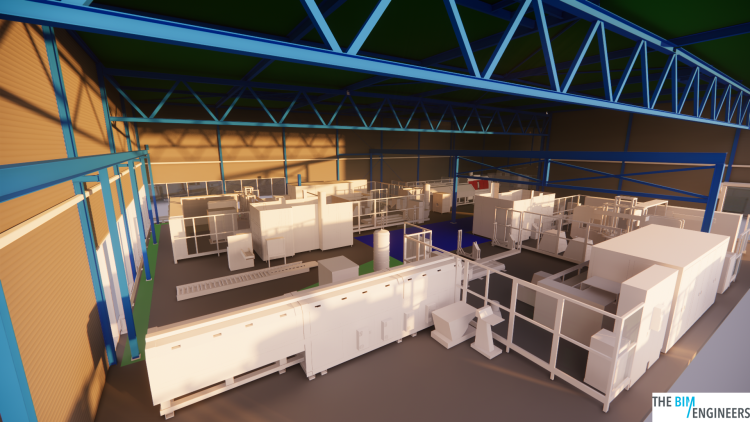



Building Information Modeling (BIM) and Geographic Information Systems (GIS) are powerful tools for architects, engineers, and construction professionals to design and build buildings more efficiently. BIM involves creating a digital representation of a building, including its geometry, spatial relationships, and other construction and design data. GIS is a system for capturing, storing, analyzing, and displaying spatial and geographic data.
The integration of BIM and GIS can support a range of automated construction processes, such as robotic surveying and 3D printing. These technologies can improve the speed and efficiency of the construction process, and reduce the need for manual labor and on-site coordination. In this article, we will explore how the integration of BIM and GIS can support these automated construction processes and provide significant benefits for teams and stakeholders.
One of the key benefits of using BIM in collaboration with GIS is the ability to support robotic surveying. This involves using autonomous robots, such as drones and ground-based vehicles, to collect data about the construction site and surrounding environment. The data collected by these robots can be used to verify the accuracy of the building model and ensure that it is correctly aligned with the geographic context.
Robotic surveying can provide significant benefits for teams and stakeholders. It can improve the speed and efficiency of the surveying process, and reduce the need for manual labor and on-site coordination. It can also improve the accuracy of the data collected, and support real-time decision-making and design optimization.
The integration of BIM and GIS can also support the use of 3D printing in the construction process. 3D printing involves using specialized printers to create physical objects by depositing layers of material, such as concrete or plastic, based on a digital model. The BIM model can be used to create the digital model for the 3D printer, and the GIS data can be used to verify the accuracy and orientation of the printed objects.
The use of 3D printing in construction can provide significant benefits for teams and stakeholders. It can improve the speed and efficiency of the construction process, and reduce the need for manual labor and on-site coordination. It can also support the creation of complex and customized building components, and enable the use of sustainable and recyclable materials.
To get started with automated construction processes, such as robotic surveying and 3D printing, it is recommended to take a training course or seek out professional guidance. This will ensure that you have the knowledge and skills necessary to create high-quality BIM models and integrate them with GIS data. It is also important to have access to the necessary software, hardware, and materials to support these processes.
In conclusion, the integration of BIM and GIS can support a range of automated construction processes, such as robotic surveying and 3D printing. These technologies can improve the speed and efficiency of the construction process, and reduce the need for manual labor and on-site coordination. Training and professional guidance can help teams to get started with these automated processes and realize their full potential.
Copyright © 2024 The BIM Engineers. All Rights Reserved | Design & Developed by Prettify Creative